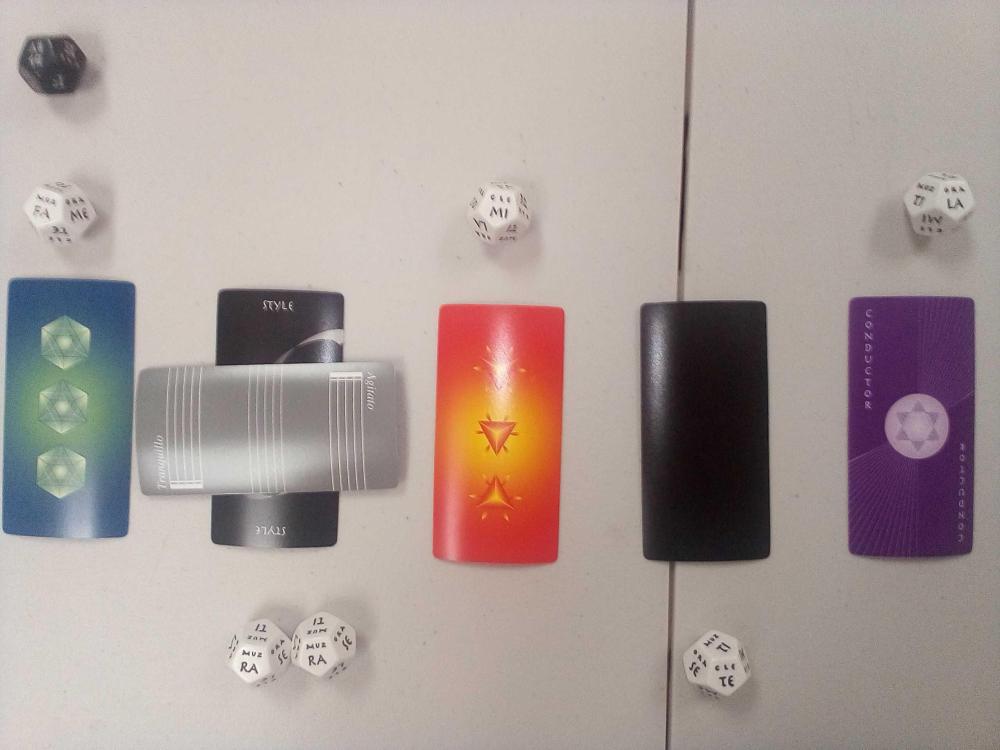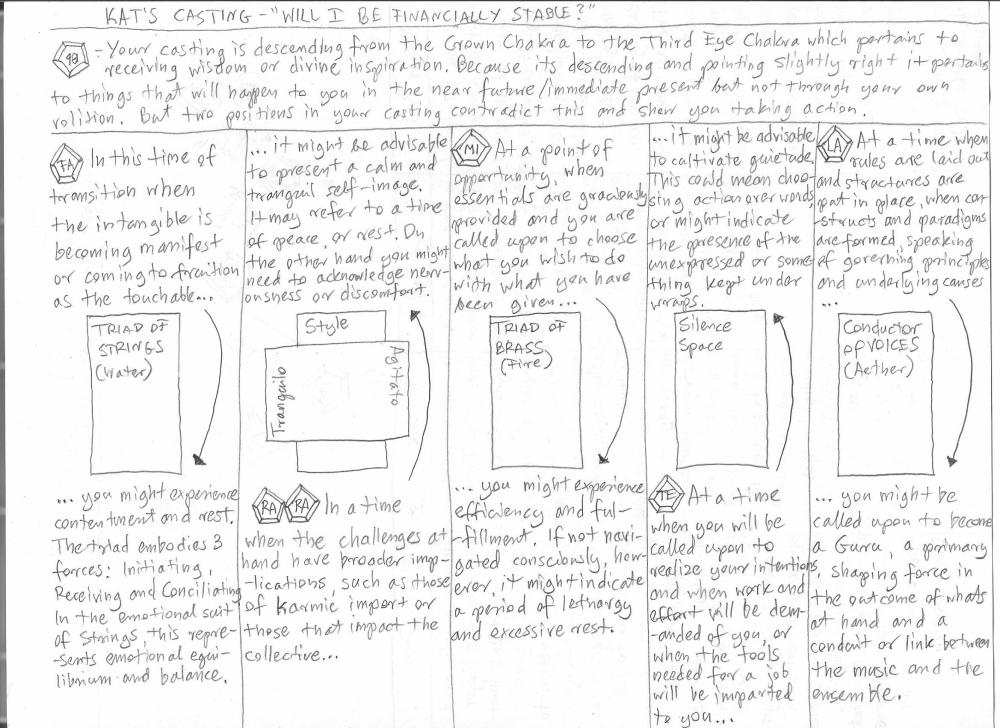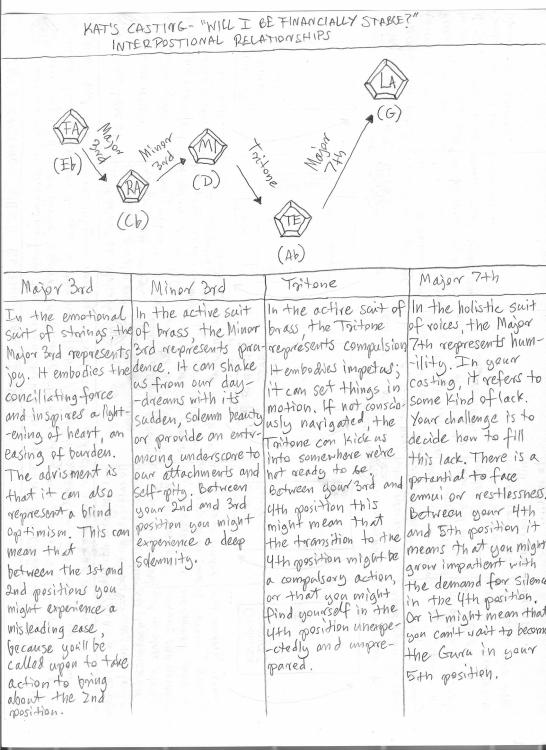All Activity
- Past hour
-

Submissions Thread - Fall 2025 Halloween Competition
Kvothe replied to PeterthePapercomPoser's topic in Monthly Competitions
Here is entry for the YC 2025 Halloween competition. I look forward to see what the other have done. The mist -
Hello, thank you for listening. I appreciate everyone who spends time listening to my pieces. For me, as an 18-year-old composer who doesn't write full-time, but rather in my spare time, every word means so much!
- Today
-
Hi Petr It was demanding at first, but after a few minutes I got used to your language. I listened not so intently, and it was quite beautiful and never uninteresting once I got used to your color palette. Although not the type of music I generally prefer listening to, your particular brand of it was very enjoyable. I also checked out your string quartet, I loved it! It's very heavenly 🙂
-
Hello everyone. Here is my official entry of this contest. It is for string quartet (2 violions, viola, a cello, and double bass). The idea behind it was: how can i use the following atonality, bitonality, and sprinkle of halloween fun.
-
- 1
-

-
an impossible to play cover of twinkle twinkle little star
Tunndy replied to Tunndy's topic in Piano Music, Solo Keyboard
ooooo swag some other boomer had the same idea 😆 -
Tunndy started following an impossible to play cover of twinkle twinkle little star
-

Kat's Casting - "Will I be financially stable?"
gaspard replied to PeterthePapercomPoser's topic in Chamber Music
very mystical vibe, interesting that you still got that despite that a major triad was basically baked in to the theme. -
chopin started following Kat's Casting - "Will I be financially stable?"
-
Kat's Casting - "Will I be financially stable?"
chopin replied to PeterthePapercomPoser's topic in Chamber Music
I take it Kat will have some initial struggles, but be financially stable over time. Extremely interesting piece, making great, creative use of crescendo and diminuendo (layered with accel and rit). The constant key changing also keeps up the suspense. Just when you think something is about to resolve, you hit the listener with a sudden tempo, dynamic and key change, throwing off all sense of stability. At least, until we get to the end. Very cool! -
PeterthePapercomPoser started following Etude no.3 and Op.3
-
Demertzis started following Etude no.3 and Op.3
-
MY_MUSIC_001_20240405_231531_123845_AudioVerb_182851507.mp3
-
MY_MUSIC_024_20241028_081328_AudioVerb.mp3 MY_MUSIC_024_20241028_081328_AudioVerb.mp3
-
Thank you Sam! Sorry for my late reply as I forget to do so! The emotional direction is completely unplanned to be honest, maybe because I was in such a state of mind when I composed this! The jazzy section is indeed intentional as I want to write something nihilistic. I really love the development section and the build up to climax in it too! Playing this piece is really difficult, thx for your appreciation! Henry
-
LOL I even forget to reply to my Baby Vince!!! Thx man! Practicing this one is particularly difficult, not only technically, but because playing this every time is like keep revisiting my dark days, but luckily I do write my dark feelings out so I can have a more positive outlook for myself! I play and write what I feel so what you describe here is all what my feeling was when composing and playing it. The confusion of form happens because I was in a confused state when composing it. I actually like those abrupt transitions because I usually write with smooth transitions and I think it's a good try, plus this treatment really matches the music and my feeling. The nihilistically scherzo part is my first try on blues music, I hope my attempt isn't too embarrassing LOL. I do like those passages. Henry
-

Nocturne in C-sharp minor
Henry Ng Tsz Kiu replied to Henry Ng Tsz Kiu's topic in Piano Music, Solo Keyboard
Thx man! I always play my own Piano pieces to prove its playability! Also it gives me chance to modify my writing once I try playing it on a piano. Henry -

Nocturne in C-sharp minor
Henry Ng Tsz Kiu replied to Henry Ng Tsz Kiu's topic in Piano Music, Solo Keyboard
Yeah Peter, I wrote completely with instincts at that time! Yup, I intentionally didn't try to expand it. I know I am more than capable to complete and expand that fugato section if I want to right now especially after those 5 and 6 voice fugues in my Quintet and Sextet respectively haha, but I wanna give integrity and respect to the 16 year old Henry as well. I know the 16 year old Henry tried his best to write, and even if he didn't do that well, I as the future Henry should retain his integrity, instead of correcting his passages for good! Henry -
Hi @TristanTheTristan! This one has a cool atmosphere in it! And I like how you vary the theme. I am more on the playability issue here. The quadruple stops in b.31-38 are unpractical to be played on a real violin, like in b.32-36 any notes lower than the E string would be unplayable with the E string to achieve the quadruple stops. The double pizz. in b.152 variation can also be difficult to play too, as well as the seconds in b.198 for 2nd piano and the octaves for pianists in b.296. Also, I hope there are moments when the first piano's melody isn't the same as the violin's melody! Nonetheless, good attempt to write in a variation form! Henry
-

Kat's Casting - "Will I be financially stable?"
Henry Ng Tsz Kiu replied to PeterthePapercomPoser's topic in Chamber Music
Oh my gosh it's casting again! I really like the contrast you bring between the vocals and the brass, with the consonant harmony of vocals constantly disturbed by the brass. I'm thinking of the harp writing as in b.8 it may not be playable as the F pedal is played with the # pedal in b.7 end but need to be immediately turn to a natural pedal in b.8, and the F cannot be replaced by E# pedal either in b.8, nor F# played by Gb pedal in b.7. Thx for sharing this interesting music! Henry -
Hi @Maxthemusicenthusiast! Thx for joining the competition! The use of motives is very noticeable in the whole piece, and I love the sinister mood you portray in the piece with the crunchy dissonances. I feel like (subjectively) the piece is a bit too long because the music doesn't really move forward especially in the slow sections. I think it's fine in the slow opening, but when you reach the reprise of those slow sections after the fast middle section, I think you can cut the ending a bit, or at least add more varieties in it, for example invite more polyphony and interactions between instruments. For both the Andantino and Allegro sections I feel like the tempo can be faster to make the basso nova feeling more lively, and like b.58-66, having more individual voices instead of just the melody and the rhythmic bass. Thx for sharing! Henry
-
I couldn't pass up another chance to do another Muzoracle casting for a friend. (Muzoracle is a storytelling/divination tool similar to the Tarot card deck, but with cards with musical concepts and 12-sided Musician's dice and Solfege dice.) This time, Kat asked the Muzoracle if she will be financially stable. My interpretation of the cards and dice are displayed below. The instrumentation of the piece was guided by the suits of the cards drawn. Since the triad on the left is in the suit of strings, I chose Harp. The triad in the middle is in the suit of brass, so I chose Trumpet and French Horn. And finally, the Conductor card on the right is in the suit of voices, so I chose a 4-part women's choir. If you'd like to find out more about Muzoracle and how castings are interpreted go here: https://muzoracle.net/ This short musical representation of Kat's casting is about 2 and half minutes long. The piece is in Bb, since the black 12-sided musicians die landed on Bb. I then made harmonic/melodic underdrawings that I used in the composition of the music. Since the first solfege die landed on FA and the card drawn was a triad of strings. I start off with Eb major triads in the harp. Then I included an Agitato brass passage based around RA (the RE in the image below should be a RA - it's a mistake). Then I switched to a triad based on MI, before moving the music to G minor through a D7 b5 kind of harmony. Then, in order to end up back in Bb major at the end I transposed the whole pattern up a 5th and retraced my steps in a retrograde, back to the beginning chord. If you've gotten this far, thanks for reading! And I hope you enjoy listening to this short chamber work I wrote to represent Kat's casting. Comments, suggestions, or critiques are of course, always welcome. Thanks for listening.
-
Piano Sonata no 2 in C major 1st movement
Vasilis Michael replied to Vasilis Michael's topic in Piano Music, Solo Keyboard
Greetings, dear Henry. Thank you very much, my dear, for your attention, and I’m very glad you liked it. Basically, it reminds me more of his early sonatas, and regarding the structure, I chose to follow this model because it’s my first attempt, and I wanted to take a somewhat more traditional approach. Yes, in the recapitulation, I think Mozart was the first to attempt moving to the subdominant, although I’m not sure if Haydn did the same. But yes, we all remember the K.545 sonata for that particular detail. On the other hand, Schubert does this repeatedly — in quite a few of his sonatas, especially in the early ones. I’ll try to put the same effort and passion into the other movements of the sonata as well. Once again, thank you for your appreciation. -

CLOWNS - Fall 2025 Halloween Competition Submission
Henry Ng Tsz Kiu replied to sebastian Pafundo's topic in Chamber Music
Hi @sebastian Pafundo! Thx for joining the competition! Gonna agree on both of them. I like the dark mood in it, even though I think the music can move forward a bit more in around 2:00. The motive of the piece is quite noticable with the hiccups of rests. I also agree with @Thatguy v2.0 on the ending, it definitely sounds inconclusive which could possibly be developed more. But, given the length of the piece I think the development of material is quite OK to fit into the mood! Henry -

Piano Sonata no 2 in C major 1st movement
Henry Ng Tsz Kiu replied to Vasilis Michael's topic in Piano Music, Solo Keyboard
Hi @Vasilis Michael! This one reminds me very much of Schubert's Sonatas; the 1st subject is really like his op.784, and the modulation as well. The return to of recapitulation in subdominant key is rather like the "Easy" Sonata of Mozart. Very enjoyable music! Henry -

Favorite Musical Book Quotes?
Henry Ng Tsz Kiu replied to PeterthePapercomPoser's topic in Composers' Headquarters
The causality that we hear in the musical foreground is therefore the ‘causality of reason’ which, for Kant, was the ground of human freedom. It is the more easy to hear this ‘causality of reason’ in music, in that the world of physical causes—the ‘causality of nature’—has been set aside, discounted, hidden behind the acousmatic veil. In music we are given an unparalleled glimpse of the reality of freedom; and because, as Kant reminds us, reason deals only in necessities, we hear the free order of music as a necessary order: it is when each note requires its successor, that we hear freedom in music. Freedom is the consciousness of necessity; but it is a necessity imposed upon life. Kant observed that our understanding stops at the threshold of this paradox, and cannot resolve it. Yet the solution seems to be ineffably contained in those triumphs of musical organization, such as the fugues of Bach and the late quartets of Beethoven, in which the ‘must be’ of reason orders and redeems the ‘is’ of life. From "The Aesthetics of Music" by Roger Scruton, p. 76-77 - Yesterday
-
Greetings, my dear friends. Here I present to you the first movement of the classical sonata I am currently composing. I’ve set aside the binary sonatas for now and decided to focus on the classical form. This is my second sonata, and this time my source of inspiration is my beloved Schubert. I believe that, for a first attempt, I did quite well—at least for this movement. I hope you enjoy it.
-
MY_MUSIC_300_20251022_040911_041520842.mp3



.thumb.png.8b5b433a341551e913a34392660bc95b.png)




